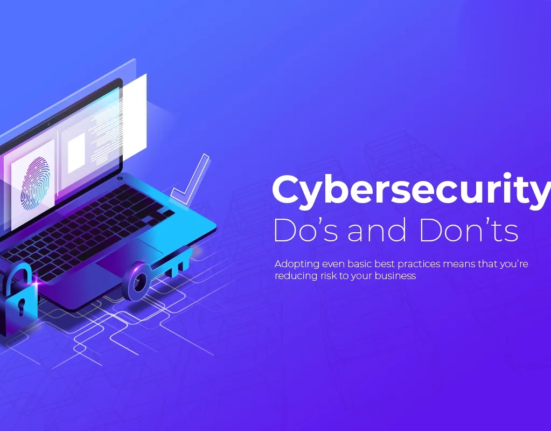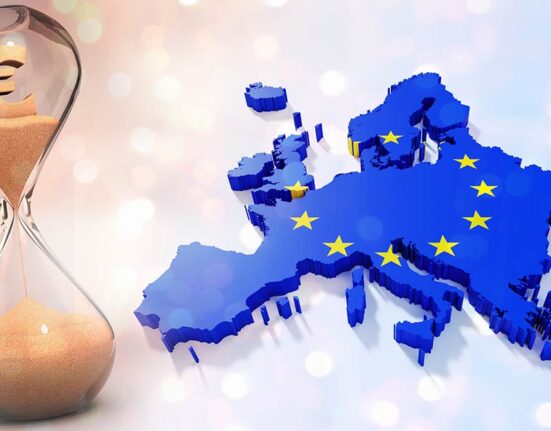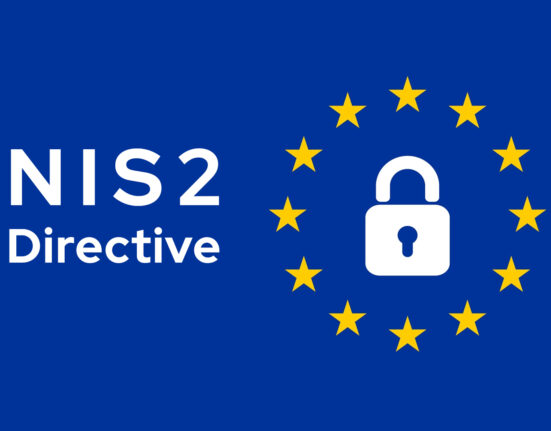Introduction
As we edge closer to the age of quantum computing, the very foundation of our digital security is being challenged. Quantum computers, with their unprecedented processing power, threaten to break widely used encryption methods that protect everything from bank transactions to state secrets. In response to this looming threat, quantum cryptography—particularly Quantum Key Distribution (QKD)—has emerged as a groundbreaking defense strategy.
This article explores what quantum cryptography is, why it matters, and how it’s poised to revolutionize the way we protect data in the digital age.
What Is Quantum Cryptography?
Quantum cryptography leverages the principles of quantum mechanics to enable secure communication. Unlike classical cryptographic methods, which rely on complex mathematical problems, quantum cryptography uses the properties of particles—like photons—to secure data.
The most prominent technique is Quantum Key Distribution (QKD), which enables two parties to generate a shared, random secret key known only to them. If an eavesdropper tries to intercept the key, the laws of quantum physics ensure that their presence will be detected.
Why Traditional Cryptography Is at Risk
Today’s most widely used cryptographic systems, such as RSA, DSA, and ECC, rely on the difficulty of mathematical problems like factoring large numbers or solving discrete logarithms. These problems are computationally infeasible for classical computers—but not for quantum ones.
With algorithms like Shor’s algorithm, quantum computers can solve these problems in a fraction of the time, potentially rendering classical encryption obsolete. Experts predict that once quantum computers reach a certain threshold—often called “quantum supremacy”—our existing security infrastructure could collapse.
How Quantum Key Distribution (QKD) Works
QKD uses the quantum properties of particles to exchange cryptographic keys in a way that is:
- Tamper-evident: Any attempt to intercept the key will disturb the particles, revealing the intrusion.
- Unbreakable in principle: The key is generated using truly random quantum processes.
Example: BB84 Protocol
One of the earliest and most widely used QKD protocols, BB84, involves sending photons polarized in random orientations. The receiver measures them using randomly chosen bases. Through public discussion and comparison, the two parties can sift out a shared key while detecting any eavesdropping.
Real-World Developments
Quantum cryptography has moved beyond theory and is being tested and implemented in real-world environments:
- Toshiba Europe conducted successful QKD transmissions over 254 km of commercial telecom fiber in Germany without needing cryogenic equipment.
- KETS Quantum Security, a UK-based startup, is developing compact, chip-based QKD systems aimed at sectors like finance, telecom, and defense.
- China launched the world’s first quantum satellite, Micius, to facilitate QKD between distant ground stations, demonstrating global-scale secure quantum communication.
Applications and Industries
Quantum cryptography is being explored for use in:
- Financial services: To protect transactions and sensitive customer data.
- Defense and government: To secure classified communications.
- Telecommunications: To safeguard network infrastructure from future quantum threats.
- Data centers and cloud storage: For enhanced physical and logical security.
Challenges and Limitations
Despite its promise, quantum cryptography faces several hurdles:
- Cost and scalability: Current QKD systems can be expensive and are difficult to scale across global networks.
- Distance limitations: Quantum signals degrade over long distances without repeaters—which, in the quantum world, are hard to build.
- Infrastructure compatibility: Integrating QKD into existing digital infrastructures requires significant upgrades.
The Road Ahead
To raise awareness and promote collaboration, the United Nations declared 2025 the International Year of Quantum Science and Technology, commemorating 100 years since the formulation of quantum mechanics. This global initiative is expected to accelerate research and public understanding of quantum technologies, including cryptography.
Simultaneously, researchers are exploring post-quantum cryptography—classical encryption methods designed to be secure against quantum attacks—as a complementary approach to quantum cryptography.
Conclusion
Quantum cryptography represents one of the most promising frontiers in cybersecurity. As quantum computing advances, it will be vital to adopt security methods that can withstand its capabilities. Quantum Key Distribution offers a way forward—ensuring that even in a post-quantum world, the confidentiality and integrity of our digital communications remain intact.
The quantum era is not just coming—it’s already here. Are we ready?







